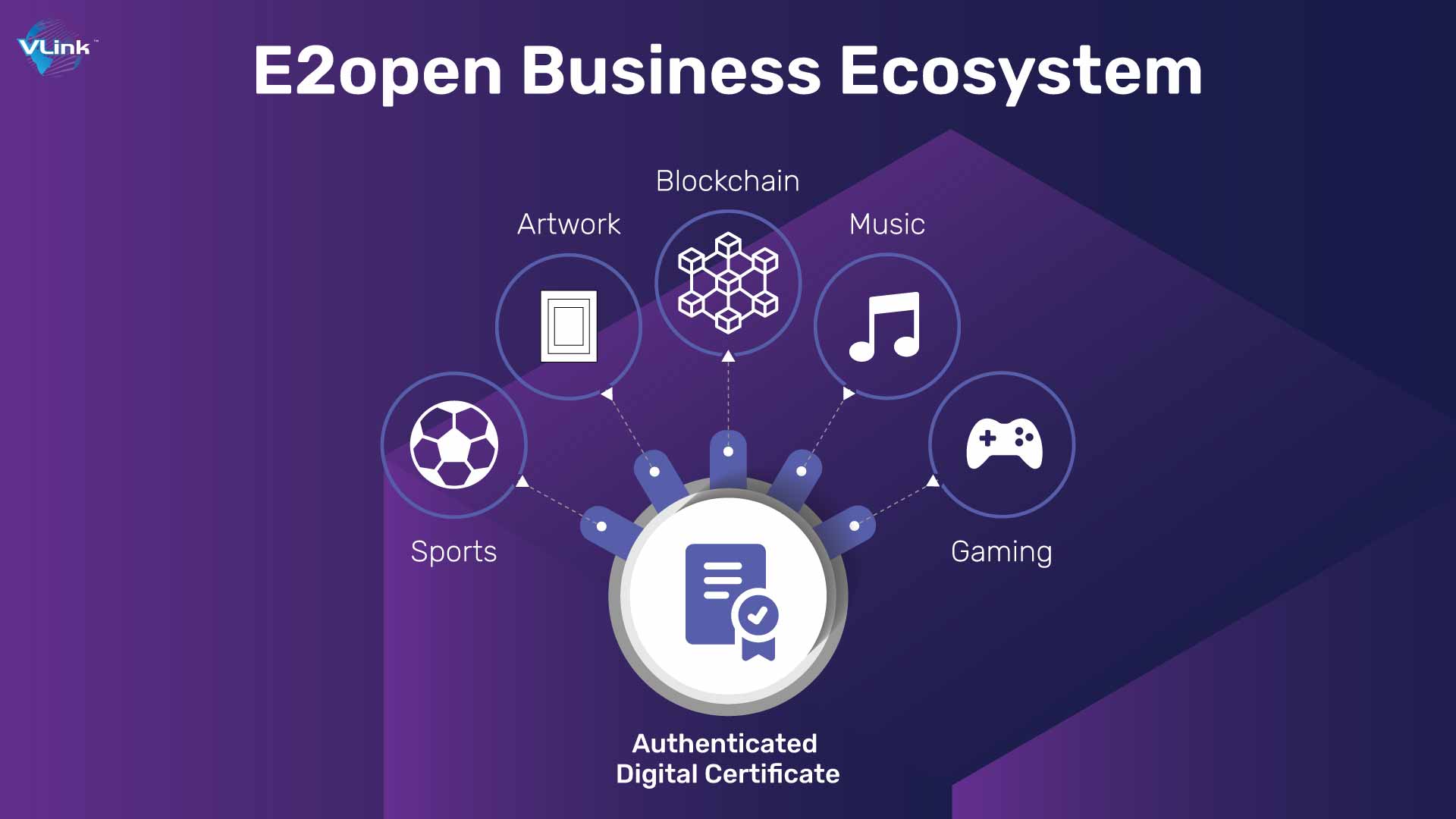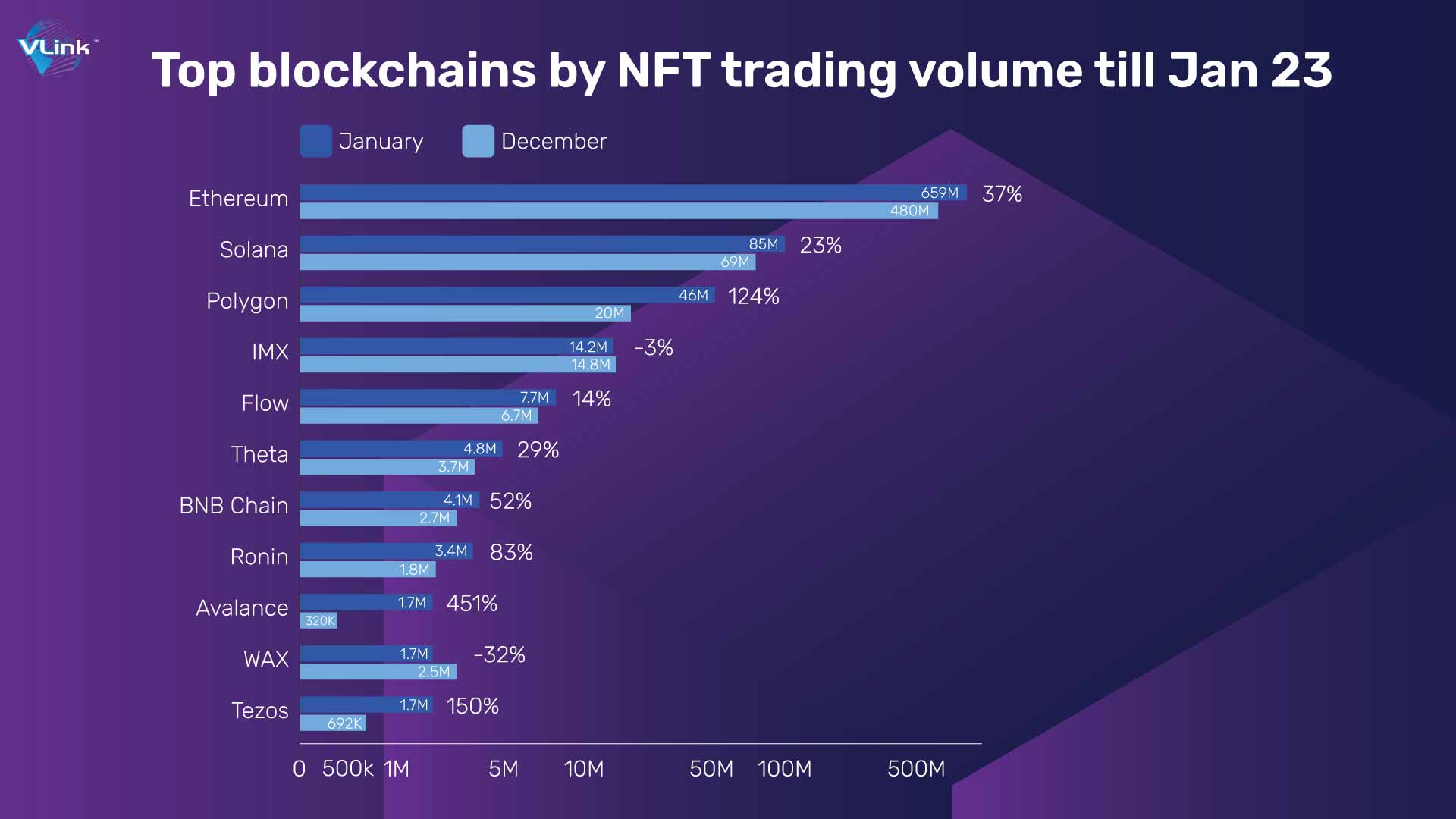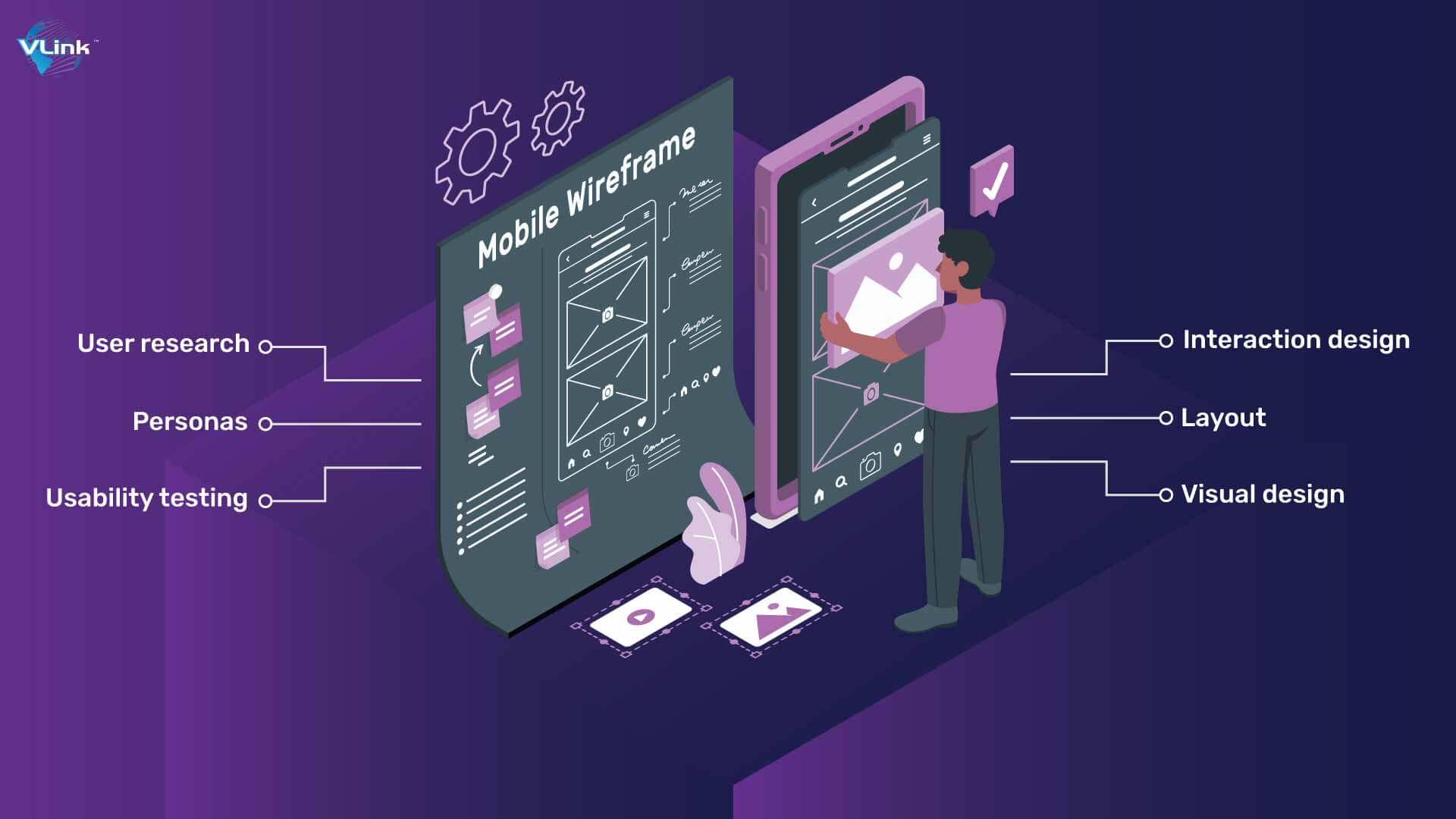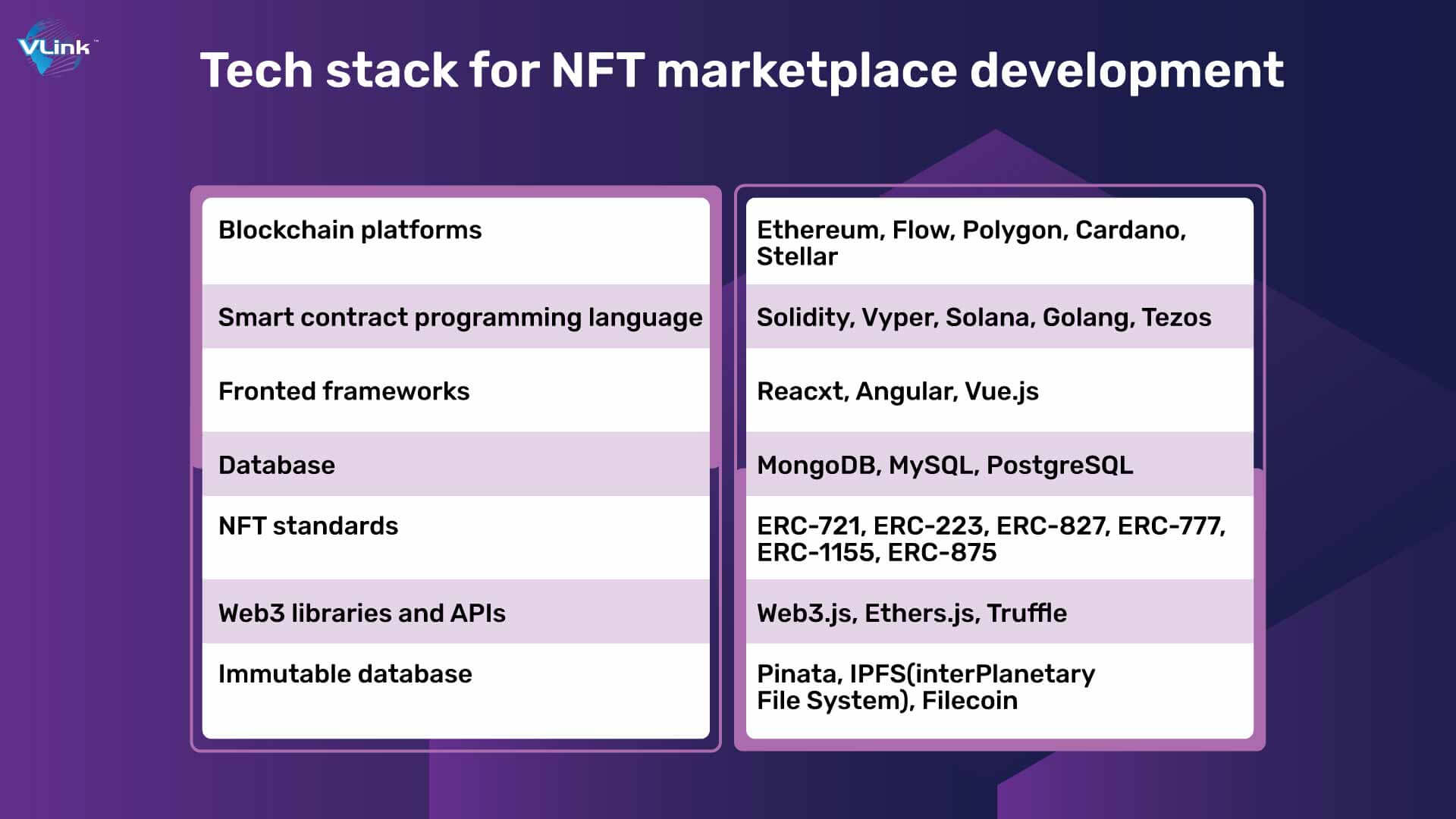Online marketplaces for digital valuables are growing in popularity. To enter the market, you must first build your own marketplace. We've all heard of Blockchain technology and other cryptocurrencies, and many people utilize various marketplaces to buy and trade goods.
A great example of public blockchain is non-fungible tokens (NFTs), which has created a great impact on industries as well as individuals. Although this platform is still in its early stages, its growing popularity is driving growth among developers and entrepreneurs.
In this complete guide, we provide all the concepts you need to know about creating an NFT marketplace. If you are just starting out, whether you want to utilize an NFT platform for making, buying, selling, and auctioning non-fungible tokens or as your primary company, read our A-Z tutorial all the way through.
What is an NFT Marketplace?
It is a platform that allows you to effortlessly store and sell NFT (Non-Fungible Tokens). These tokens are normally available for purchase or auction at a predetermined price. To utilize such a marketplace, you must have a crypto wallet in order to perform trades and store your tokens.

Users may create an account, post digital artwork, and sell it on an NFT marketplace. In general, specialized markets are in more demand than conventional ones since they include everything a customer would require, specialize in selling some online artworks, and have a specific target audience.
How Blockchain NFT Marketplace Works?
The core of NFTs is a transaction mechanism known as an NFT smart contract. Simply put, a smart contract acts as a self-execution program that helps buyers and sellers to attain an agreement for a particular process in the marketplace.
Its terms are carried out as lines of code on a blockchain (say, Ethereum). Data is encrypted and delivered through a decentralized, dispersed, and frequently public network. Bitcoin serves as the foundation for smart contracts.
Smart contracts power NFTs. Each one includes unique, original information that is encrypted and stored in a contract on a blockchain, making it safe and unchangeable. These contracts operate in tandem using blockchain technology and self-generate to their full potential.
Let’s take an example – A buyer seeks to buy a product and offers cryptocurrency, and the seller at NFT marketplace accepts the request. If all parties satisfy the conditions, the smart contract will handle the buy and sell on its own.
Must-Have Features in an NFT Marketplace
Make sure your NFT platform is power packed with all the prominent features needed to support the seamless functioning of the marketplace.
Here is a list of all the features you need in your NFT solution.
Storefront is a like a dashboard in an NFT marketplace that has many features for users. It draws visitors to the platform by giving them detailed information on an NFT, such as its owners, bids, transactions, previews, and price history.
This functionality allows users to quickly search for accessible NFT assets based on their preferences. To do this, all assets must be classified (for example, memes, photographs, movies, music, art, and so on). This is a fantastic feature that improves the user experience.
Traders can rank and submit reviews on NFTs based on their pricing, trading volume, and other variables. This helps other users know more about the ratings and standards of the NFTs.

Users (creators) who have registered with the site can mint and list their assets. After that, clients may categorize assets based on a variety of criteria. Creators can include the prices of their NFTs in their descriptions.
Listing status is required for anyone who sells NFT items and has passed their authentication procedure. It monitors the status of the confirmation process and aids in the execution of NFT verification.
Because customers must register with a crypto wallet, your NFT platform should provide crypto wallet integration in order to store and trade NFTs.
Bidding always increases the likelihood of a sale and earning the greatest potential price. As a result, real-time bidding for NFT assets should be available in your marketplace. So, the users who bid the highest will have ownership of the product in the auction.
Blockchain technology enables creators to codify all rights and make digital assets far more manageable. NFTs can also be freely traded. More significantly, blockchain technology gives customers confidence that they will get what they desire.
Also Read: 10 NFT Development Trends To Watch Out For Future
How to Build an NFT Marketplace?
If you want to create an NFT art marketplace for your business, consider following these steps:
Determine your NFT marketplace's aims and criteria. This involves determining the target demographic, the sort of NFTs to be offered, payment mechanisms, and platform features.
Choosing a specialized area can assist you in launching your NFT marketplace development project. If you have a rough idea, talk it over with developers to establish a plan and estimate the timeline for creating the marketplace. Experts advise targeting a vertical market rather than a horizontal one.
When creating a marketplace, the UI/UX design is critical. Your user interface must be simple. A good UI/UX improves usability and gives the platform a nice feel and aesthetic.

It's time to put your design ideas into action. Select a dependable structure to reach your objectives. Hire a skilled NFT developer to ensure excellent functionality and trustworthiness.
Back-end development does not appear the same while creating an NFT marketplace. Because the NFT marketplace is a decentralized platform, most of the data is validated on a Blockchain.
Integration of a third-party digital wallet, such as MetaMask, allows NFT producers to design an NFT marketplace that can begin encrypted, safe, smooth, and fast transactions without interfering with the platform's usual functioning.
It is the most important phase in developing an NFT marketplace app. During this step, you must identify and resolve any backlogs. Software testing guarantees that the project runs smoothly.
Post-launch support is also required to remove issues and ensure quality performance. In a nutshell, this phase ensures trustworthiness and excellent app functionality.
To attract consumers and NFT developers, promote the marketplace. This involves leveraging social media and other marketing channels to raise awareness of the platform and generate traffic to it.
Developing your own NFT marketplace necessitates technical knowledge of blockchain development, smart contract creation, and web development. If you lack the requisite abilities, you may want to consider hiring a development team to help you establish your marketplace.
Also Read: NFT In Ecommerce: How this tech is reshaping the industry?
Technology Stack for Building an NFT Marketplace
Selecting the appropriate technology stack is paramount when developing an NFT marketplace. You must, therefore, make informed choices regarding Blockchain, such as Ethereum, Binance Smart Chain, or Flow, that can accommodate NFT standards like ERC-721 or ERC-1155.

Furthermore, smart contract languages such as Solidity or Cadence, as well as decentralized storage systems like as IPFS (InterPlanetary File System), must be considered for the storing of NFT metadata and assets.
How Much Does It Cost to Create an NFT Marketplace?
The cost and length are determined by the market's performance. You must invest more money in building the NFT art marketplace if you want to construct a complicated platform.
The security of a pre-developed solution might be a concern, and the product will be dependent on the platform from where you acquire the key. However, in this case, the cost will be reduced.
Alternatively, you can partner with a blockchain development company like VLink for your next NFT marketplace development project. The professionals will design the marketplace, implement the functionality, add features, and establish a user flow from the ground up. As a result, the price may rise somewhat further.
Frequently Asked Questions
Several well-known NFT markets exist where you can purchase and sell digital art and other virtual items. OpenSea, Rarible, SuperRare, Foundation, Nifty Gateway, and others are among them.
An NFT marketplace generates revenue by charging a commission on each sale made over the platform. The platform gets a share of the sale when an artist or creator publishes an NFT for sale on the marketplace.
In addition to commission fees, NFT marketplaces may also generate revenue through other means, such as: Listing fees, Premium features, Transaction fees, Secondary market sales, etc.
The time it takes to build an NFT marketplace is determined by a variety of factors, including the amount of sophistication, features, platforms, tech stack, and so on. Keeping these considerations in mind, it might take 4-6 months.













